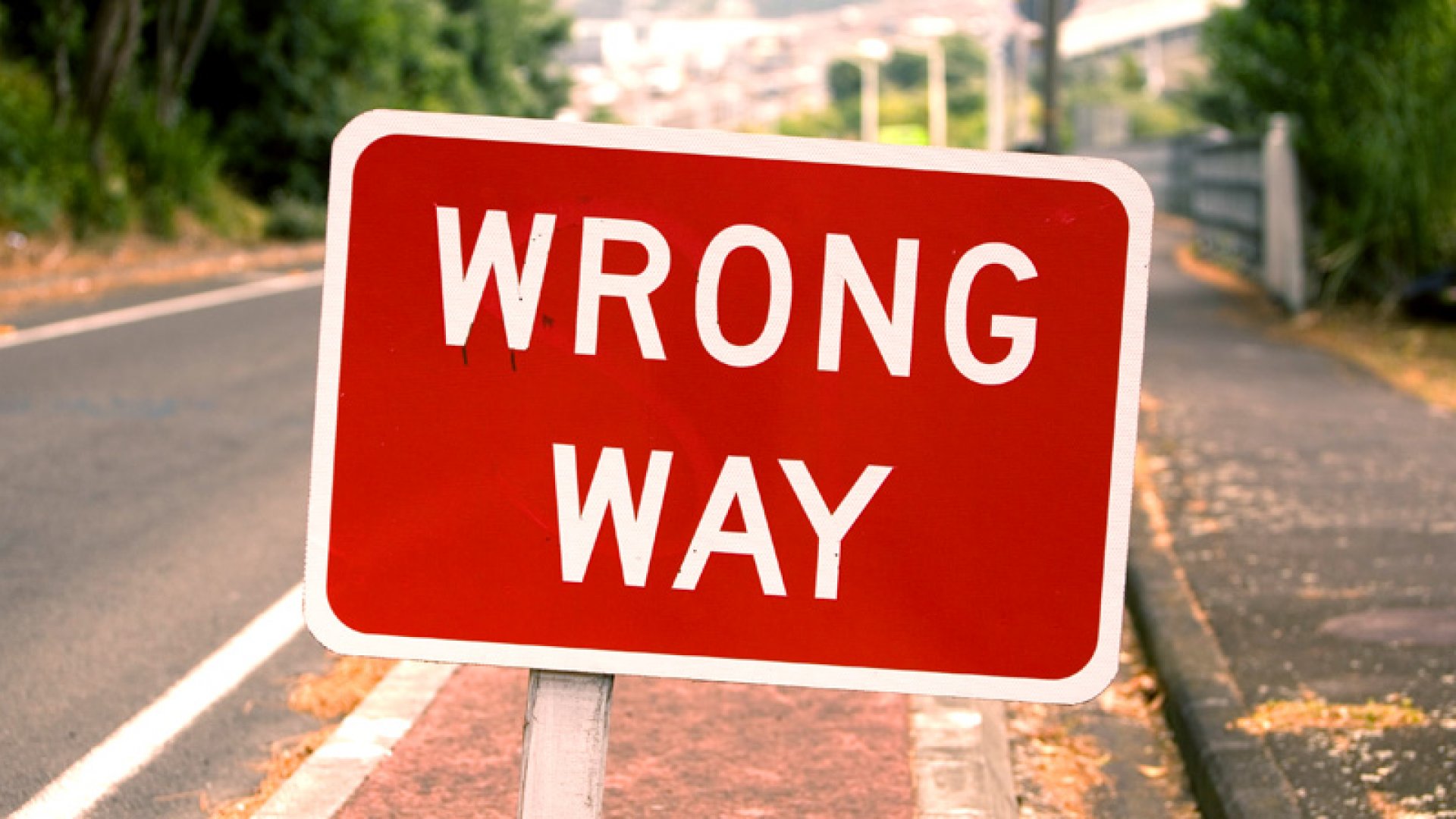
It might seem odd, particularly in these difficult economic times, to talk about the concept of “good and bad revenue.” Some of you may be thinking “revenue is revenue, all revenue is good!”
What’s the difference between good and bad revenue?
Good revenue has the following characteristics:
- It generates strong profitability because it is from deals that we know how to support well.
- It is from deals where we know we can delight the customer, helping them achieve their goals, enabling us both to grow future business and creating accounts that are proud to share their delight in working with us.
- It’s revenue we can build on–tactically and strategically. It is from deals that strengthen our experience and position within a customer, a market, an industry. It enables us to more easily find and pursue more deals/revenue.
- It’s from deals that enable us to enrich our experience, dramatically improving our effectiveness and efficiency in both selling and supporting the customer. It enables us to significantly improve our win rates and average deal size. It enables us to help the customer more effectively navigate their buying cycle, reducing both the buying and selling cycles.
- Related to the previous points, over time, we should see significant improvements in sales and marketing productivity, dramatically reducing CPOD.
By contrast, Bad revenue has the following characteristics:
- It is either unprofitable or the margins are significantly less than those with good revenue.
- It comes from deals outside our sweet spot or experience base. Because of this, it is more difficult to acquire these customers, sales cycles are significantly longer, win rates are significantly lower, average deal sizes are much lower. This drives our costs of acquiring the customer and the business much higher.
- Because these deals are significantly outside our sweet spot, our ability to create a delighted customer is at high risk. We either have to invest more in serving and supporting the customer to keep them happy , reducing deal profitability. Also, because they are riskier deals, we might actually create unhappy customers, who are glad to share their dissatisfaction with others, adversely impacting our future potential and our brand image.
- As a result of the previous points, we have great difficulty in building on that revenue, in acquiring new customers and building the business.
Sadly, too many sales people directed by their management don’t pay attention to finding opportunities that create “good revenue.” They cast wider nets in their prospecting. They pursue any opportunity where the prospect “fogs a mirror.” As a result, performance and productivity plummet—and revenue plummets.
When I challenge organizations about creating good revenue, frustrated and struggling managers, respond, “But we need to produce revenue!” I respond, “Why don’t you focus on where you know you can create good revenue? Why don’t you focus on where you know you are most effective? Why don’t you focus on markets where you know customers are interested in buying from you?”
Ironically, focusing on our sweet spots, the customers that enable us to create good revenue is the easiest thing to do. Opportunities outside this, opportunities that create bad revenue are tough to win and tough to support, so why waste time–both the customers and ours?
Managers often continue to push back, “We need to find deals wherever we can!”
I ask, “What share do you have in your sweet spots?” Most don’t know that answer, for those that do, most of the time it’s a low share—there is tremendous opportunity for growth within those markets.
Every once in a while, very seldom, managers say, “These customers are coming to us, should we just ignore them?” Quite possibly, the answer may be, “Yes!” We have to carefully assess the opportunity, is is something we can reasonably win—or are we just the “second bid.” If we win it, can we profitably support it? Can we create a delighted customer? Can we leverage this to grow and produce more revenue–both within the customer and in that customer’s market segment? What is the opportunity cost in trying to win this deal? Are we better off investing those resources and time in other areas?
Realistically, sometimes we have to pursue opportunities that produce “bad revenue.” But we need to do so by choice. We have to consciously assess the opportunity, the risks, the opportunity costs and make a business decision about whether this is the best investment of our time and resources, or whether there are better opportunities–those that produce good revenue, that we should pursue.
Afterword: Sometimes, in growing our business, expanding our markets, we choose to chase “bad revenue opportunities.” But this is done as a strategic choice and we are making conscious investments in learning how we can build on an experience to create subsequent growth and good revenue opportunities.













